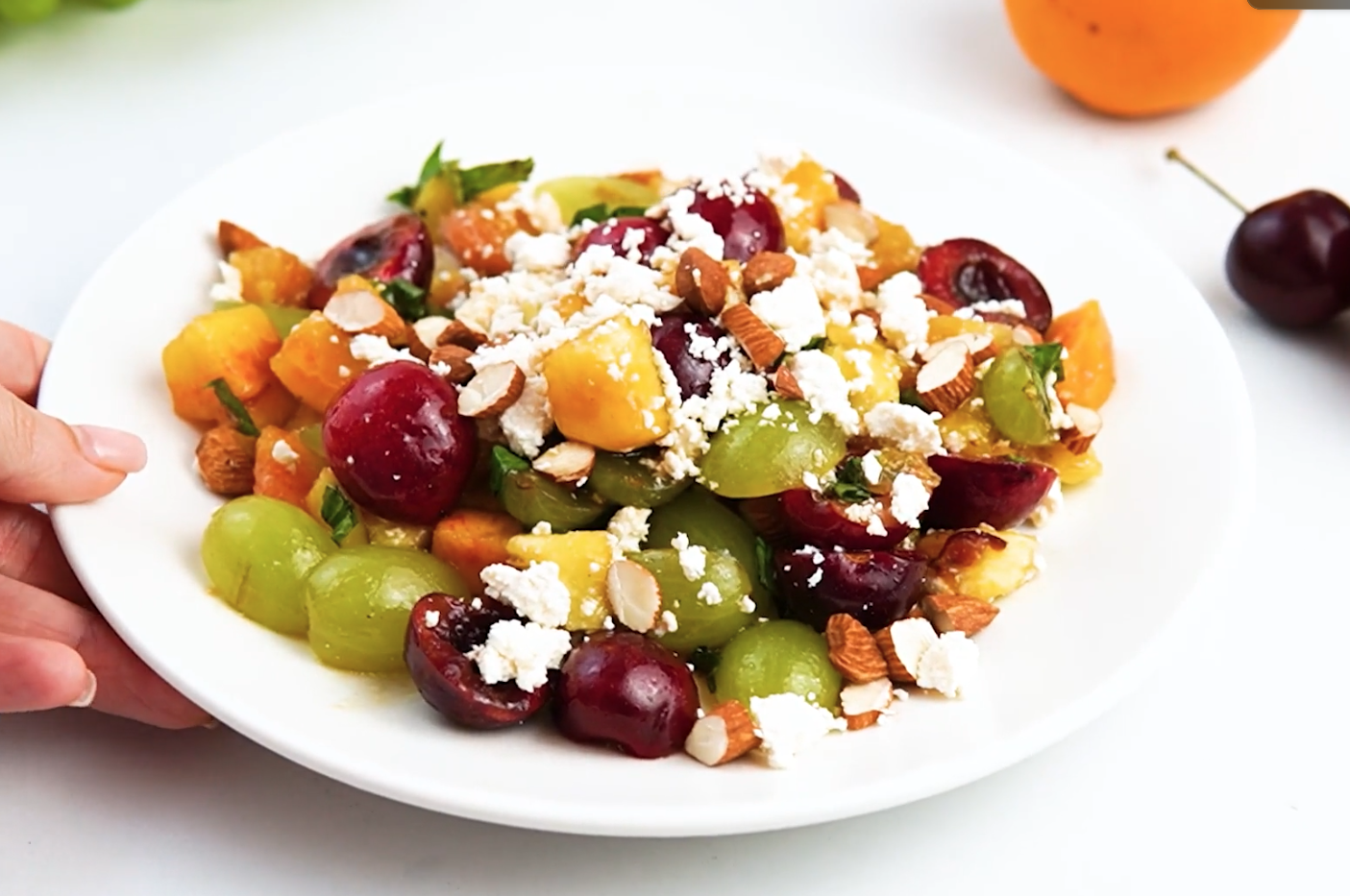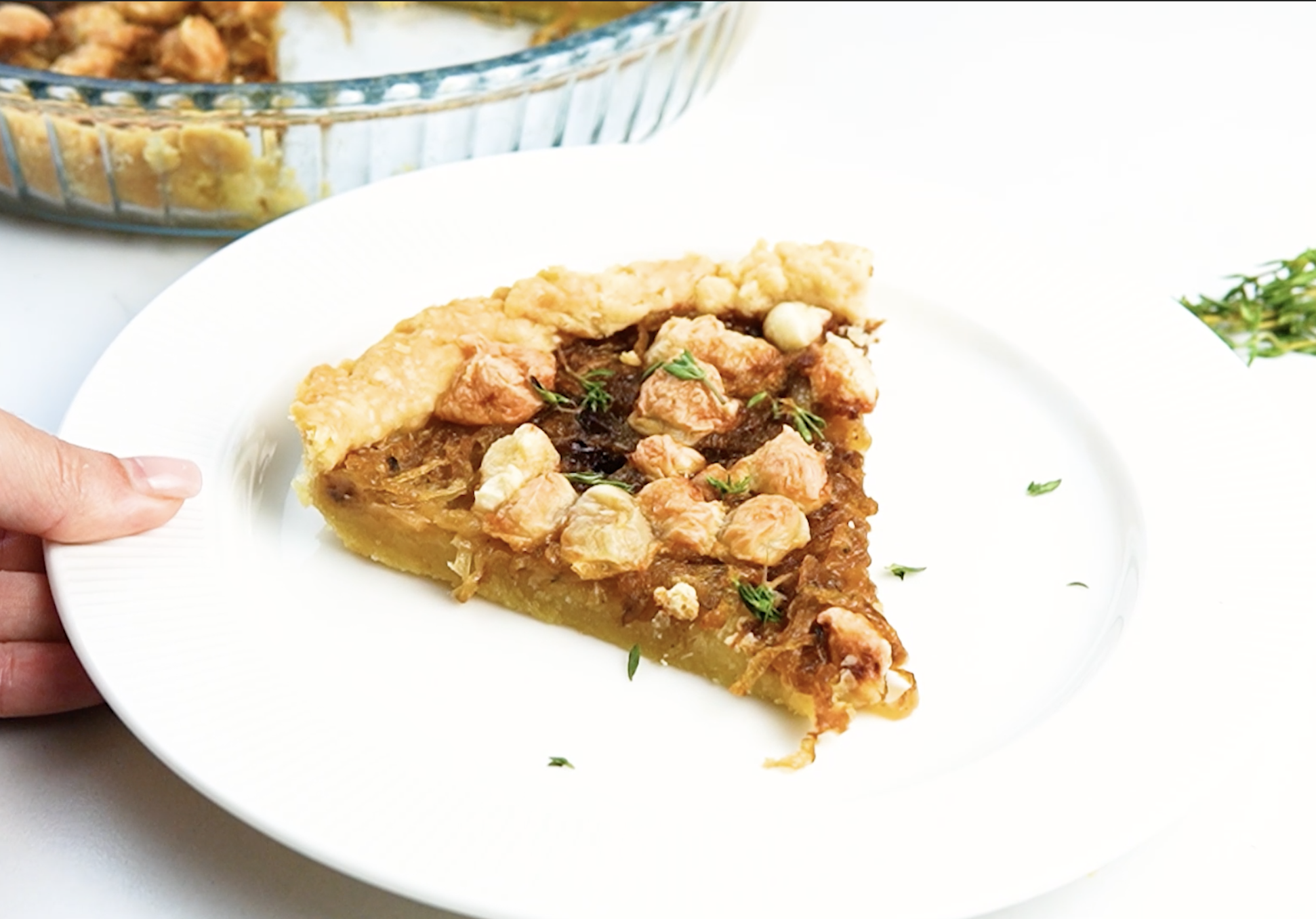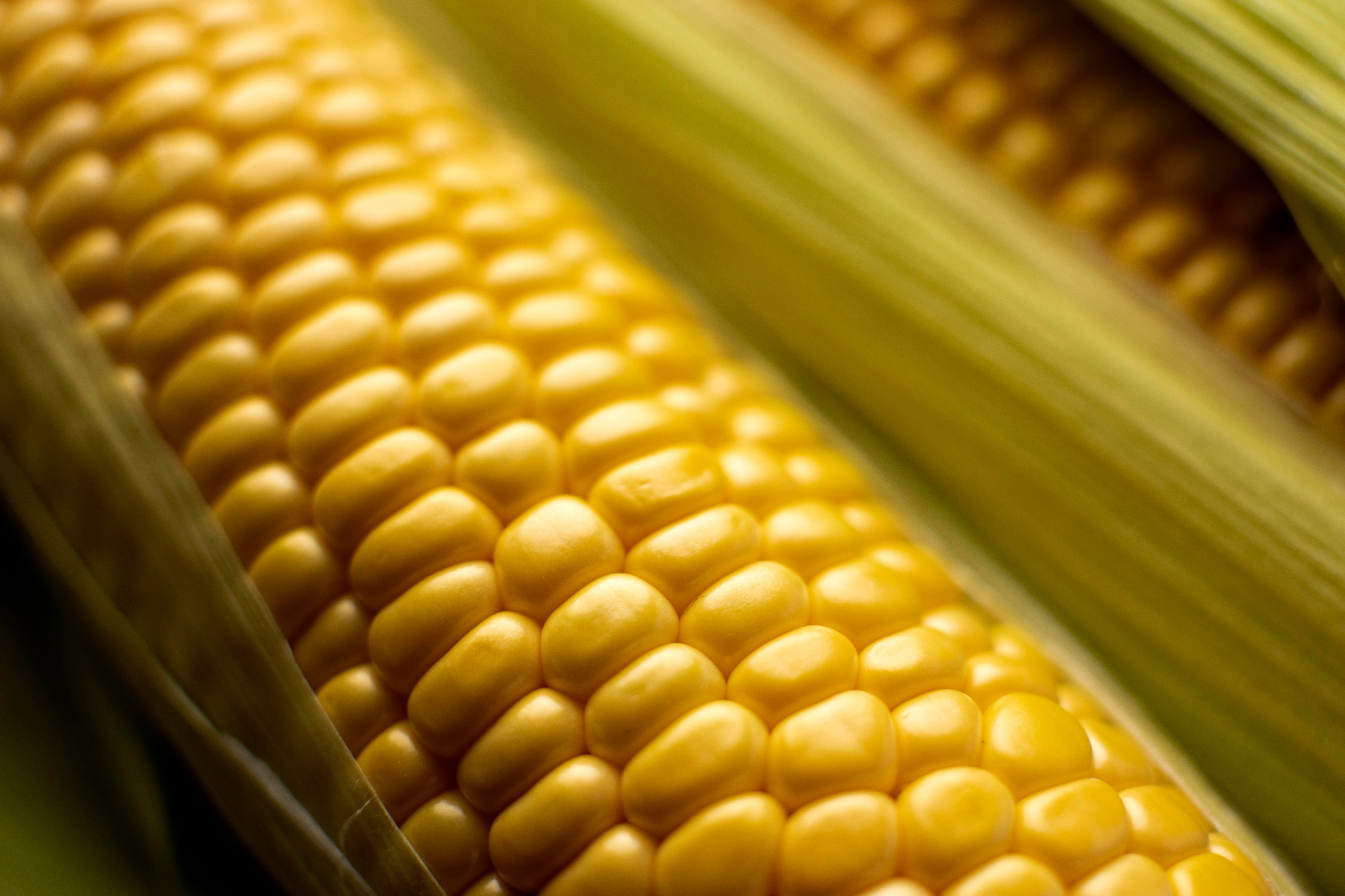The Story Behind Different Varieties of Cabbage: A Culinary History of Cabbages
Date
Share:
Did you know that people have been cultivating cabbages for more than four thousand years?
Cabbage is a leafy vegetable that has been a staple in many cuisines around the world for a very long time.
Its versatility, nutritional value, and long shelf life have made it a popular ingredient in dishes ranging from coleslaw and sauerkraut to stir-fries and soups.
But where did this cruciferous vegetable originate, and what are the different types of cabbage that exist today? To help clear up confusion, we have put together a guide. Keep reading to find out more.
The History of Cabbages
The history of cabbages dates back to ancient times. There is evidence that people in ancient Egypt, Greece, and Rome cultivated cabbages.
The leafy vegetable was considered a valuable food source due to its high nutritional value and long shelf life. In medieval Europe, people often grew cabbages in monastery gardens.
During the 16th and 17th centuries, cabbage was introduced to the Americas by European settlers. It quickly became a staple crop in the new world.
Today, there are countless varieties of cabbage that people grow. Each has a unique taste, texture, and culinary use. From coleslaw to kimchi, the humble cabbage continues to be a beloved ingredient in kitchens around the world.
Tips for Preparing, Storing, and Using Cabbages
To prepare a cabbage, remove the outer leaves and wash it thoroughly. You will need to slice or chop it. It can then be steamed, roasted, or sautéed.
To store cabbage, keep it in the refrigerator in a plastic bag or container, and use it within a week.
You can store cooked cabbage in the refrigerator for a few days. You can use it in soups, stews, salads, and as a side dish for meat or fish.
A Popular Cabbage Recipe
Mix shredded cabbage, grated carrots, and sliced onions in a bowl. In a separate bowl, whisk together mayo, apple cider vinegar, honey, salt, and black pepper.
Pour the dressing over the cabbage mixture and toss well. Refrigerate for at least an hour before serving. Enjoy as a side dish or as a topping for burgers and sandwiches.
Different Cabbage Varieties
Whether you prefer the sweet flavor of savoy cabbage or the mild, refreshing taste of napa cabbage, there is a cabbage variety to suit every palate and culinary need.
One of the most popular varieties is the savoy cabbage. This cabbage has crinkly leaves and sweet, savory flavor.
Savoy cabbage is commonly used in stews, soups, and stir-fries. It is a popular ingredient in European cuisine.
Another popular variety is the napa cabbage. This variety has long, pale green leaves and a mild, slightly sweet flavor. Napa cabbage is often used in Asian cuisine, particularly in dishes such as kimchi and stir-fries.
Other cabbage varieties include red cabbage, which has a slightly bitter flavor and is commonly used in salads and coleslaw, and bok choy, which has a crisp texture and is commonly used in stir-fries and soups.
How to Choose the Right Cabbage
When choosing a head of cabbage, look for firm, dense heads that feel heavy for their size. The leaves should be tightly packed and free from discoloration, tears, or signs of wilting.
Top-quality produce should be fresh and crisp. Avoid heads of cabbage that feel soft or have a strong, pungent odor, as these are signs of spoilage.
The Fascinating History of Cabbages
If you’ve been wondering where cabbages come from, it’s important to understand that people have been growing these vegetables for many thousands of years.
The most popular types of cabbages include the savoy cabbage, the napa cabbage, and the red cabbage. When you’re shopping for a cabbage, try to find one that has tightly packed leaves.
Are you ready to hire a produce distributor? If so, we can help you. don’t hesitate to contact us to get started today!


